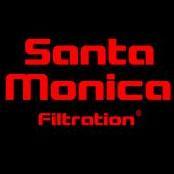Lowest cost and easiest way to eliminate green hair, bubble, turf and
-
Similar Content
-
Topics
-
Latest Update
-
2
-
2
-
-
2
WTS Equipments.
Skimz QP 4.0 DC Pump 4000L/H $30 Guyu led lights 21W used for chaeto growing $20 Luminous Frag Tray x5 $15 Frag Plug more than 50, some are new $20 Ocean Nutrition Seaweed (new) $5 Collect 763382 Keen Pm Sent from my CPH2499 using Tapatalk -
1
-











Recommended Posts
Join the conversation
You can post now and register later. If you have an account, sign in now to post with your account.